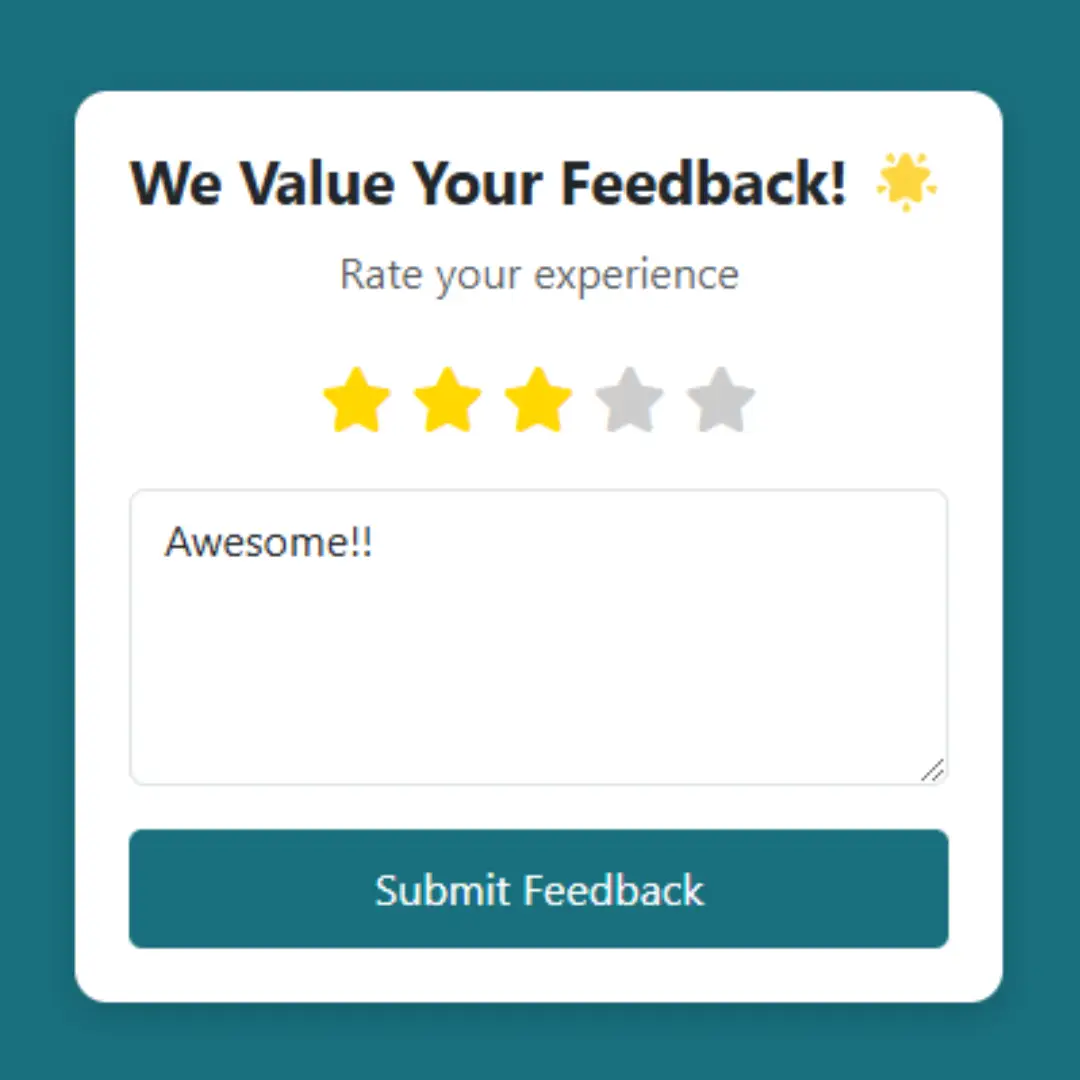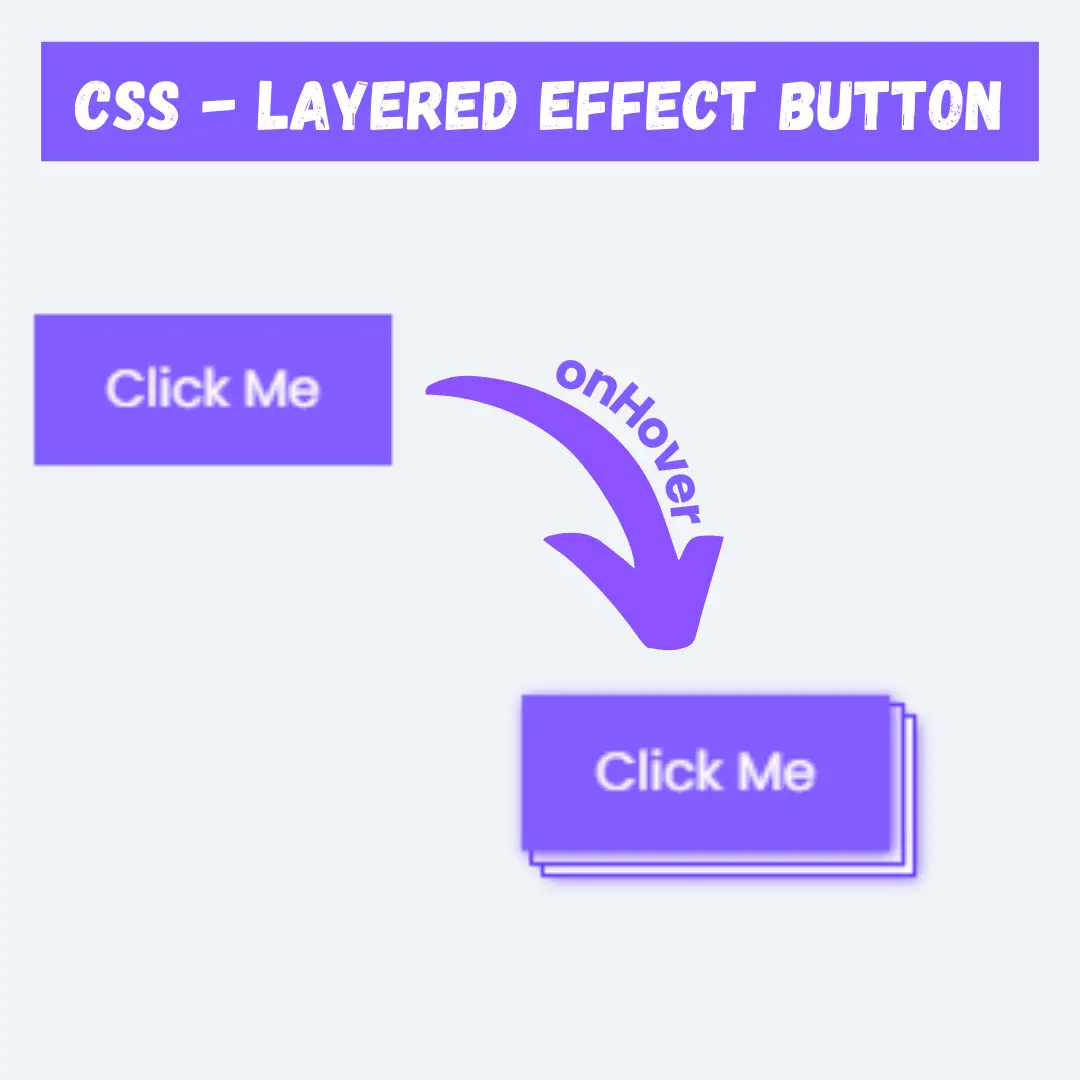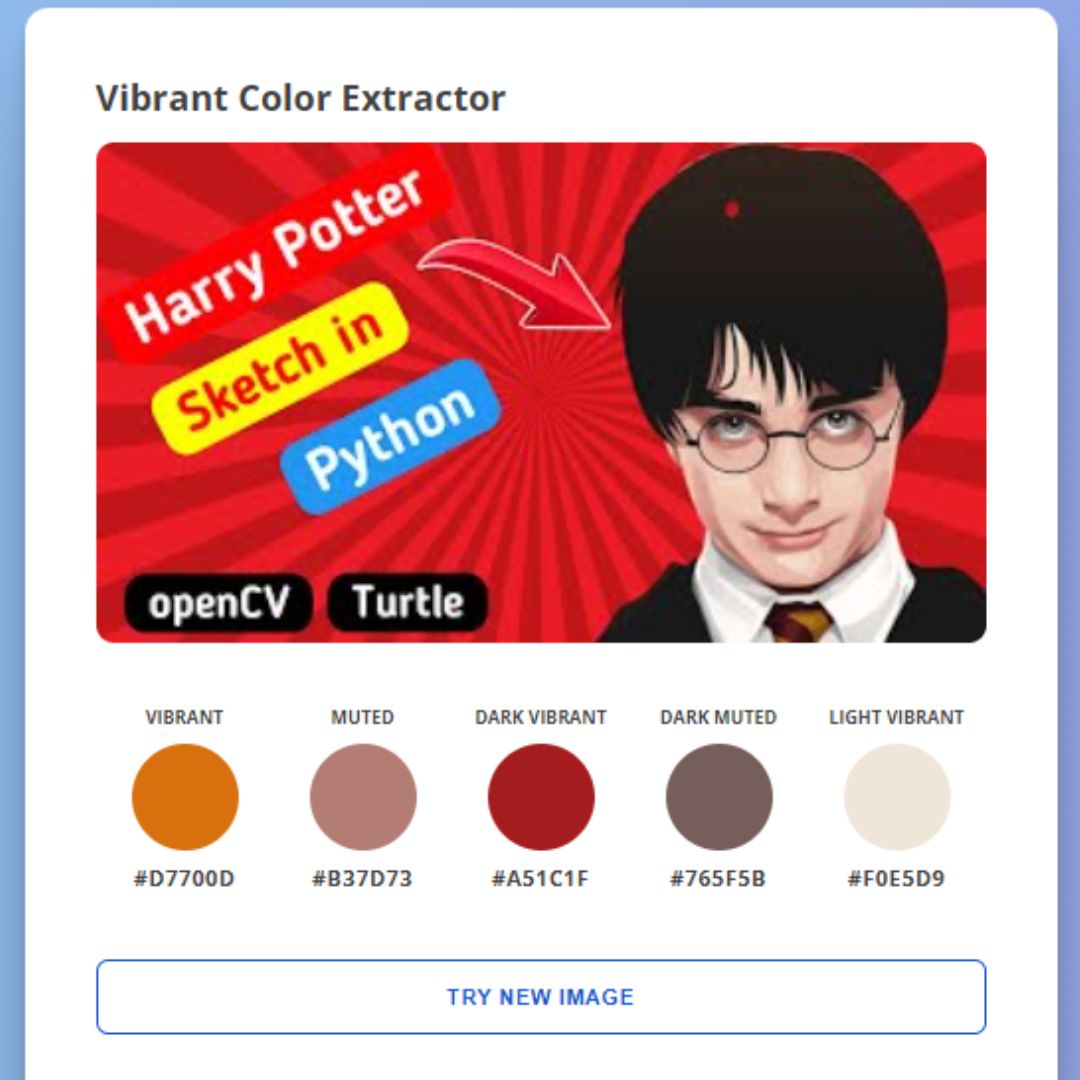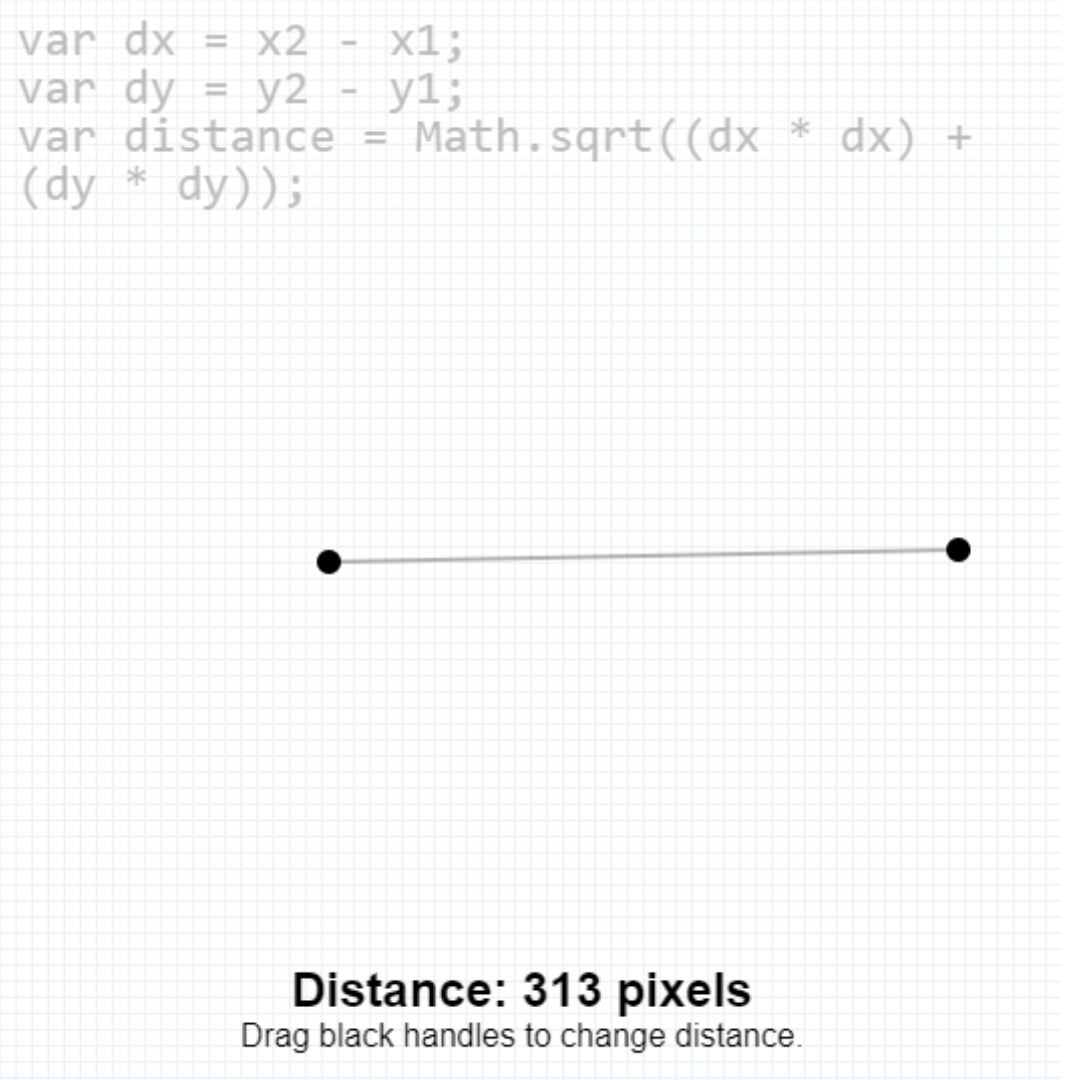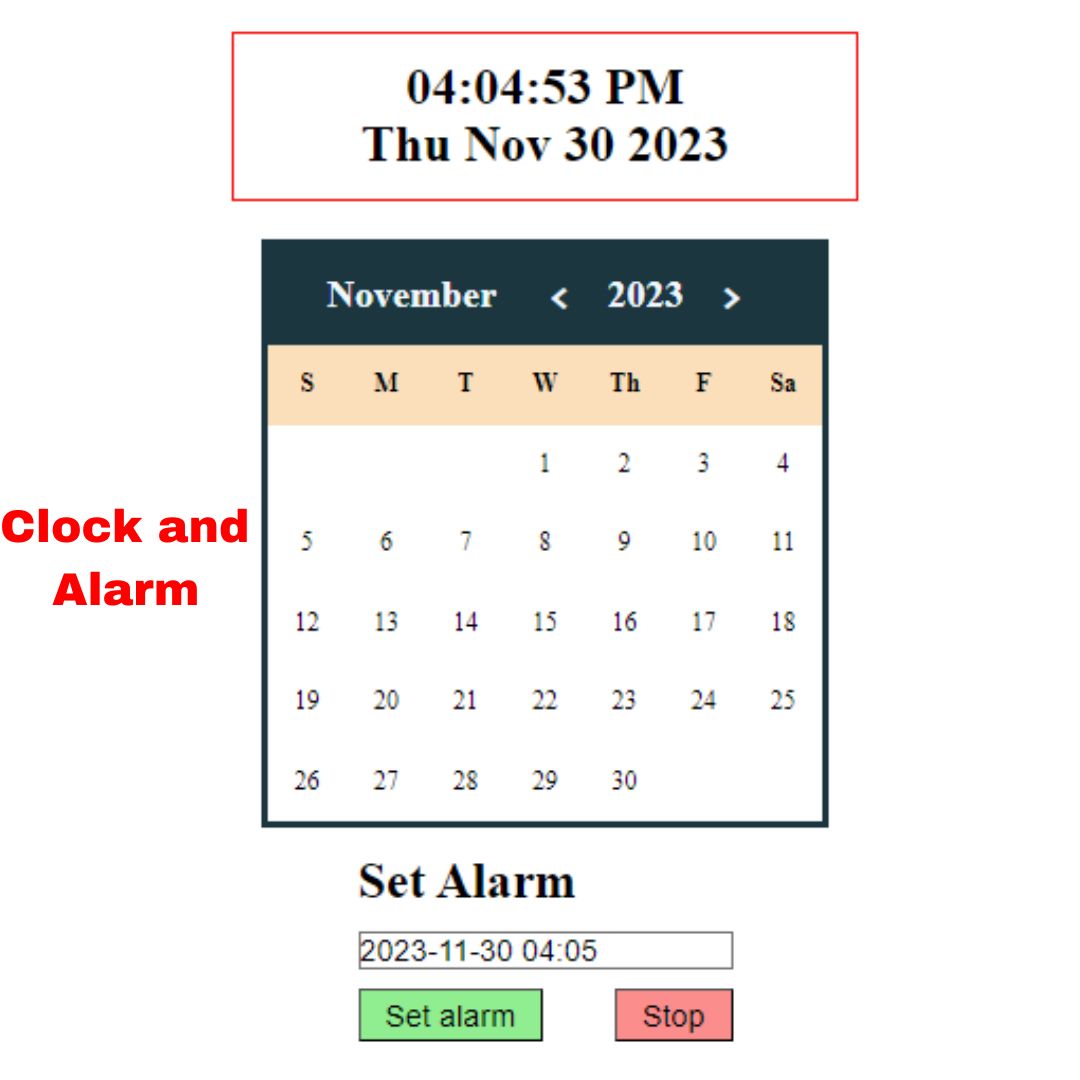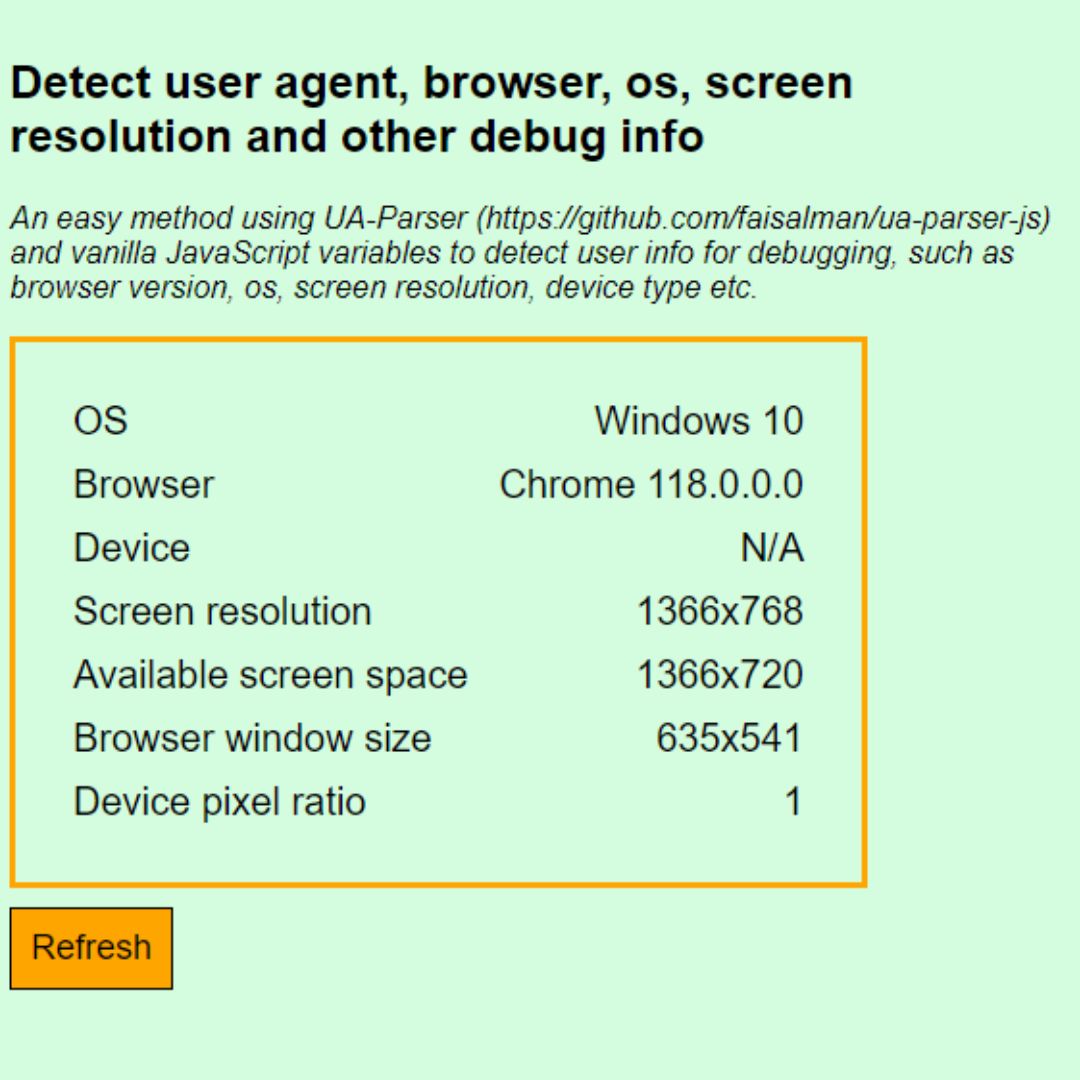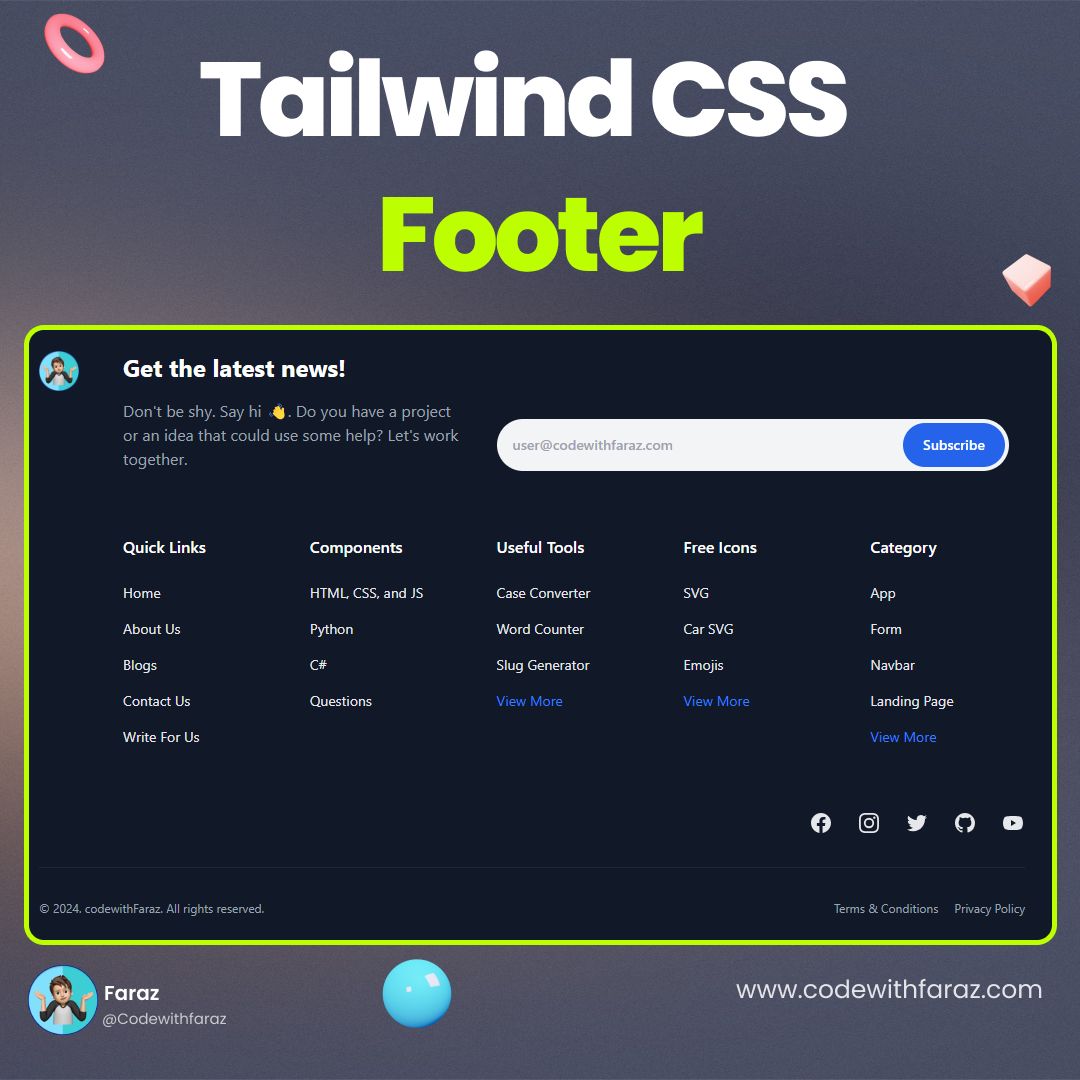Learn how to automate certificate generation effortlessly with Python. Streamline your processes and save time using our step-by-step guide.

Table of Contents
- Introduction
- Understanding the Need for Automation
- Setting Up Your Environment
- Creating a Certificate Template
- Designing Your Certificate
- Saving as a Template Image
- Writing the Python Script
- Explanation of Source Code
- Running the Script
- Conclusion
- Frequently Asked Questions (FAQs)
1. Introduction
In today's fast-paced world, automation has become the cornerstone of efficiency in various domains. One such area where automation can be immensely helpful is in the generation of certificates. Be it for conferences, workshops, or training sessions, creating certificates manually can be a time-consuming and tedious task. However, with the power of Python, you can streamline this process, making it efficient and error-free.
2. Understanding the Need for Automation
Why Automate Certificate Generation?
Manually creating certificates can be error-prone and time-intensive. With Python, you can ensure accuracy and save valuable time.
Benefits of Automating Certificates
- Efficiency: Automation reduces the time and effort required to create certificates.
- Consistency: Automated certificates maintain a uniform and professional look.
- Scalability: Easily generate certificates for a large number of recipients.
3. Setting Up Your Environment
Before we dive into the process of automating certificate generation with Python, let's ensure you have the right tools in place.
Installing Python
To begin, make sure you have Python installed on your system. You can download it from python.org.
Required Libraries
You will need to install the following Python libraries:
- Pillow (PIL): For image processing.
- Pandas: For working with data sets.
4. Creating a Certificate Template
To automate certificate generation, you first need to create a certificate template. This template will serve as the foundation for all your certificates.
5. Designing Your Certificate
Use graphic design tools or software like Adobe Illustrator or Canva to create an aesthetically pleasing certificate template. Ensure it includes placeholders for recipient names, event details, and any logos or signatures.
6. Saving as a Template Image
Save your certificate design as an image, preferably in PNG format. This will be the basis for merging recipient details with the template.
7. Writing the Python Script
Now that you have your certificate template, it's time to write a Python script to automate the process.
Importing Libraries
In your Python script, import the necessary libraries: Pillow (PIL) and Pandas.
Full Source Code
This Python script automatically generates a certificate by using a certificate template and CSV file which contains the list of names to be printed on the certificate. It downloads the certificate in the directory i.e. in the pictures folder where the scripts are there.
# importing packages & modules
from PIL import Image, ImageDraw, ImageFont
import pandas as pd
import os
# Implementation to generate certificate
df = pd.read_csv('list.csv')
font = ImageFont.truetype('arial.ttf', 60)
for index, j in df.iterrows():
img = Image.open('certificate.png')
draw = ImageDraw.Draw(img)
draw.text(xy=(150, 250),
text='{}'.format(j['name']),
fill=(0, 0, 0),
font=font) # customization
img.save('pictures/{}.png'.format(j['name']))
8. Explanation of Source Code
This Python code is meant to generate certificates using a template image and a list of names provided in a CSV file. Here's a step-by-step explanation of what the code does:
Importing Required Packages and Modules:
- The code starts by importing the necessary packages and modules:
- PIL is the Python Imaging Library, which is used for handling images.
- Image, ImageDraw, and ImageFont are specific modules from the PIL library.
- pandas is used for data manipulation and working with CSV files.
- os is the Python built-in module for interacting with the operating system.
Reading Data:
- The code reads data from a CSV file named 'list.csv' using the pd.read_csv function from the pandas library. It assumes that the CSV file contains a column named 'name' with the names of individuals who will receive certificates.
Loading the Certificate Template:
- It opens a certificate template image named 'certificate.png' using the Image.open method from PIL and assigns it to the img variable.
Font Initialization:
- It defines a font for text to be added to the certificate. In this case, it's using the 'arial.ttf' font with a size of 60. This font will be used to write the recipients' names on the certificates.
Generating Certificates:
- It iterates over the rows of the DataFrame (df) using a for loop with df.iterrows(). For each row, it extracts the 'name' value and assigns it to the variable j.
- It then creates a new image (img) based on the template image. This is done in each iteration to have a fresh certificate for each recipient.
- It uses the ImageDraw module to draw text on the certificate. The draw.text method is used to specify the text, its position (given as xy=(150, 250)), color (given as fill=(0, 0, 0) which corresponds to black), and font (the one defined earlier).
- Finally, it saves the generated certificate image with the recipient's name as the filename in a 'pictures' directory. The filename is created using the recipient's name as '{}.png' (e.g., 'John.png').
9. Running the Script
Once your Python script is complete, run it. The script will automatically generate certificates for all recipients, saving you hours of manual work.
10. Conclusion
Automating certificate generation with Python is a game-changer for individuals and organizations alike. It simplifies a laborious task, ensuring that certificates are accurate, consistent, and ready in no time. With this newfound efficiency, you can focus on what truly matters – recognizing and rewarding achievements.
11. Frequently Asked Questions (FAQs)
Q1. Is Python the only programming language that can automate certificate generation?
While Python is a popular choice, other languages like Java and C# can also be used for automation. However, Python's simplicity and wealth of libraries make it a preferred choice for many.
Q2. What if I'm not a graphic designer? Can I still create a certificate template?
Absolutely! You can use online design tools or templates provided by various graphic design software. Many are user-friendly and require no graphic design experience.
Q3. Is it possible to automate the distribution of certificates as well?
Yes, you can automate the distribution of certificates via email or cloud storage solutions, further streamlining the process.
Q4. Are there any security concerns with automated certificates?
It's crucial to ensure that the automated process is secure and that the certificates cannot be easily tampered with. Implement encryption and access control to address security concerns.
Q5. Can this automation process be used for other document types besides certificates?
Yes, the same principles can be applied to automate the generation of various documents, such as invoices, reports, or even personalized letters.
That’s a wrap!
I hope you enjoyed this article
Did you like it? Let me know in the comments below 🔥 and you can support me by buying me a coffee.
And don’t forget to sign up to our email newsletter so you can get useful content like this sent right to your inbox!
Thanks!
Faraz 😊






